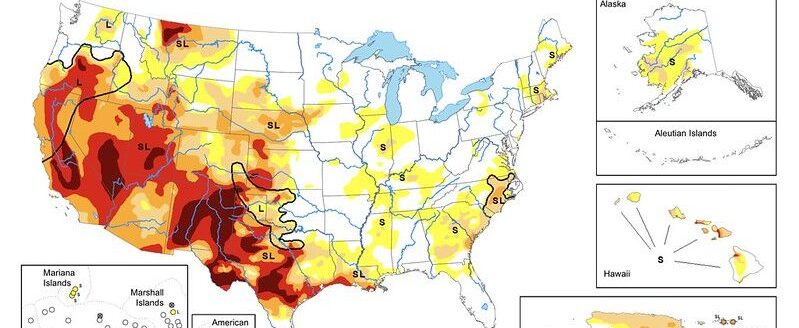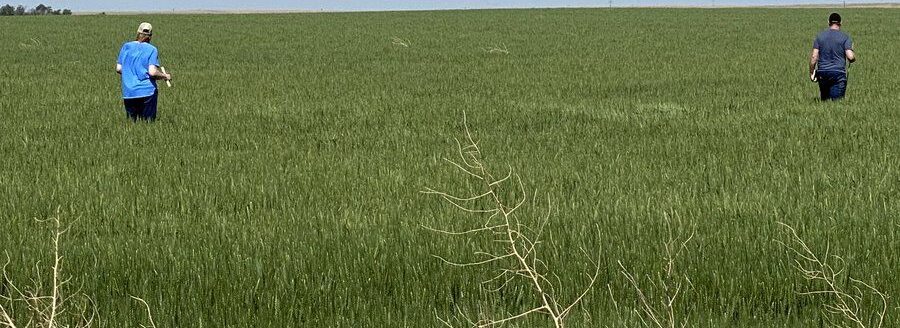Wheat tour starts as growers, buyers to look at crop’s potential

The annual Hard Red Winter Wheat Tour gets underway this week as producers and grain buyers eye some of the unpredictability of what might be ahead.
David Green, executive vice president of the Wheat Quality Council, noted there are several formulas that people use in trying to predict a crop that is still more than a month away from harvest in many regions. He said wheat is the hardest crop of the major commodities to estimate.
The Wheat Quality Council hosts the Hard Winter Wheat Tour, which is May 17 to 20. May 17 included introductions and tour orientation. May 18 to 20 will be spent looking at many wheat fields across the heart of production. Those on the tour will also give estimates based on what they saw.
Aaron Harries, vice president of research and operations for the Kansas Wheat Commission and Kansas Association of Wheat Growers, said Kansas had about 7.3 million planted acres in Kansas and that is up from a year ago.
“We’ll have to see how the harvest plays out,” he said.
The U.S. Department of Agriculture, on May 1, predicted Kansas will produce 48 bushels per acre and has its harvest expected to yield 331 million bushels.
Harries showed a map from several key counties in northwest Kansas that have changed over the past decade from wheat to corn and he said the soybean production line continues to move farther west as more acreage is found in central Kansas, too.
The good news, Harries said, is that with fewer acres growers are more intensely managing their crop.
In answer to a question about higher commodity price, Green said growers will also invest more to protect the crop because they are responding to what they see in the marketplace.
Romulo Lollato, an associate professor of wheat and forage production, Kansas State University, told those on the tour the crop had stress factors that included drought and record low temperatures for several weeks in February and some areas also experienced frost conditions in April.
The timing of precipitation and temperatures tells the story of how the harvest will be and yet that is still an unknown because the growing regions are at different growth curves. Some producers in southern Kansas near the Oklahoma border can start cutting at times in early June while areas in northwest Kansas may not start until after July 3. When farmers plant their wheat, which occurs the previous fall, it also makes a difference.
Lollato thought wheat planted in September had an opportunity to get off to a good start but acres planted in October might have faced a more difficult stretch because of drought conditions.
Late emergence tends to decrease yield potential, he said.
Kelsey Andersen Onofre, an assistant professor in plant pathology at K-State, reviewed several diseases that are significant to this year’s crop. She says, annually, disease reduces the state’s harvest by about 27 million bushels. She noted there have been concerns about stripe rust that rapidly spread northward from spores that blew up from Texas.
She said very good genetics and very good fungicides have helped mitigate losses, but disease is something that growers always have to contend with.
Onofre also noted that wheat streak mosaic virus also can reduce wheat yields. She said the key to stopping wheat streak mosaic is to eradicate volunteer wheat because it hosts curl mites.
Dave Bergmeier can be reached at 620-227-1822 or [email protected].



